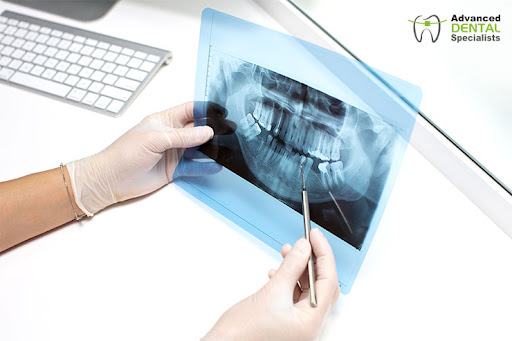Dental X-rays (radiographs) are images of your teeth that are used by your dentist to assess your oral health. These X-rays, which employ low levels of radiation, are used to acquire images of the interior of your teeth and gums. This can assist your dentist in identifying issues such as cavities, dental decay, and impacted teeth
Dental X-rays may appear to be complicated, but they are actually fairly common equipment that is just as vital as regular tooth cleanings.
Why are dental X-rays taken?
Dental X-rays are usually taken once a year. They may occur more frequently if your dentist is monitoring the progress of a dental condition or therapy.
The following factors may influence how frequently you have dental X-rays:
- your age
- your current oral health
- any oral disease signs
- history of gum disease (gingivitis) or tooth decay
If you’re a new patient, you’ll most likely be subjected to dental X-rays so your new dentist can receive a complete image of your dental health. This is especially critical if you don’t have any past dentist’s X-rays.
Children may require more frequent dental X-rays than adults since their dentists may need to monitor the growth of their adult teeth. This is significant because it can assist the dentist in determining if baby teeth should be extracted to avoid issues such as adult teeth growing behind baby teeth.
The Risks of Dental X-Rays
While dental X-rays do include radiation, the amounts of exposure are so minimal that they are deemed safe for both children and adults. Your radiation exposure risks are reduced even further if your dentist uses digital X-rays instead of processing them on film.
Your dentist will also place a lead “bib” over your chest, abdomen, and pelvic region to protect your essential organs from unnecessary radiation exposure. In the case of thyroid issues, a thyroid collar may be employed. Children and women of childbearing age may wear these in addition to the lead bib.
The exception to the norm is pregnancy. Women who are pregnant or suspect they are pregnant should avoid all X-rays. If you suspect you are pregnant, tell your dentist right away because radiation is not considered safe for growing fetuses.
Getting Ready for Dental X-Rays
No specific preparation is required for dental X-rays. The only thing you’ll want to do before your visit is brushed your teeth. This provides a more sanitary environment for people who work within your mouth. X-rays are typically taken before to cleanings.
You’ll sit in a chair with a lead vest across your chest and lap at the dentist’s office. The X-ray machine is placed next to your head to capture photos of your mouth. Some dental practices keep X-rays in a separate area, while others keep them in the same room as cleanings and other operations.
Following dental X-rays
When the photos are ready — instantaneously in the case of digital X-rays — your dentist will study them and look for any anomalies. If a dental hygienist is cleaning your teeth, the dentist may go over the X-ray results with you when the cleaning is completed. The hygienist may make an exemption if major concerns are discovered during the X-rays.
If your dentist discovers any issues, such as cavities or tooth decay, they will discuss your treatment options with you. Keep up the good work if your dentist detects no problems!
The Prospects:
Getting frequent dental X-rays, like brushing and flossing, is an important aspect of maintaining your overall oral health.
X-rays may be conducted every one to two years, depending on your age, health, and insurance coverage. Keep regular appointments and see your dentist as soon as you notice any discomfort or other changes in your mouth.

